What could be the best drywall finish for the ceiling is a challenging question that homeowners face when deciding about the interior decoration of their home. It is never easy to decide the perfect drywall finish for the ceiling, whether it is for a new house or any remodeling project because of too many available options.
Moreover, if you already have a popcorn ceiling as it happens for most of the homes constructed in New York up to the 1980s you already have an added problem in getting rid of it first and then think about the texture of the ceiling. One of the solutions offered by Popcorn Ceiling Solution New York is to leave the popcorn ceiling intact and install a stretch fabric system that runs just below the existing ceiling while covering it completely.
The concern for popcorn ceilings arises from the possibility of the ceiling material containing asbestos which can be dangerous for health. But luckily the modern popcorn ceilings are asbestos-free and considering that the scrapping process is cumbersome and messy, you can continue with popcorn ceilings by choosing the right texture.
Installing a beadboard is another option, but it is expensive. Once you decide to have a textured ceiling, you must decide the type of texture that suits your style and taste, matches your scheme of interior decoration and looks beautiful.
Here are some drywall texture options that are not only good for ceilings but walls too.
Skip Trowel
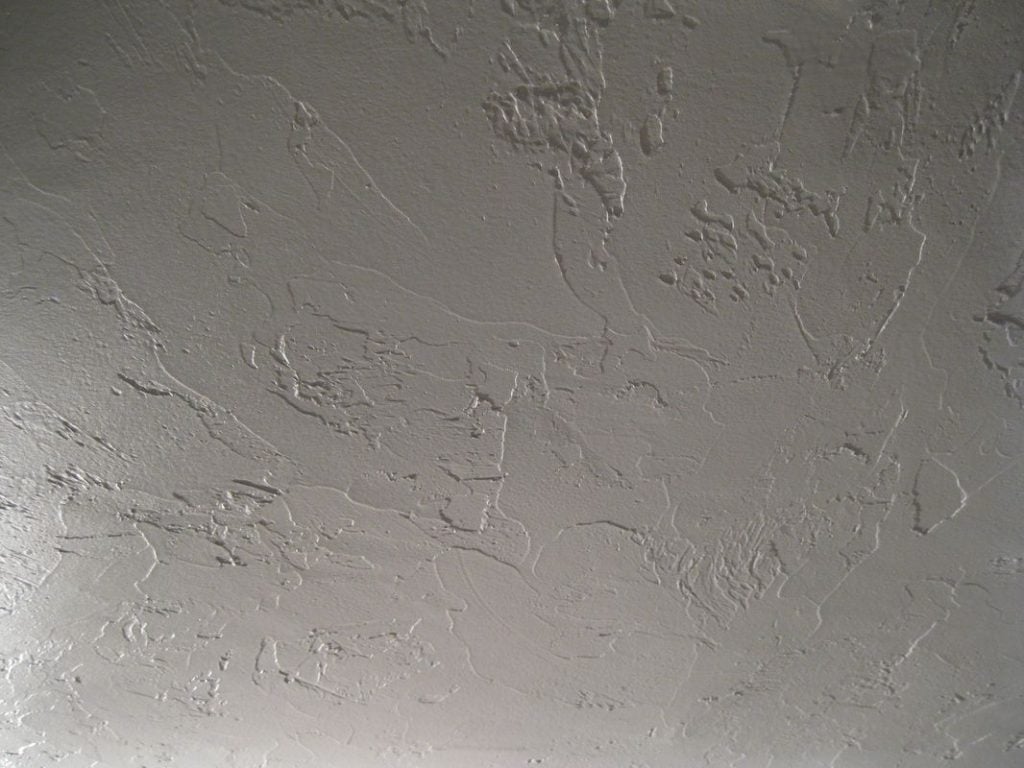
Skip trowel texture created by using plaster and a plasterer’s tool is the most popular wall finish hence most well known too. Although the appearance of the finished ceiling is somewhat similar to the knockdown texture, these two are quite different as you will know when we discuss the knockdown ceiling.
Skip trowel texture has some other names like mud trowel knockdown, Spanish knockdown texture, and Santa Fe. The applicator must have experience in plastering techniques and posses the desired skills to produce the surface by using a trowel because the task is not at all easy.
Knockdown
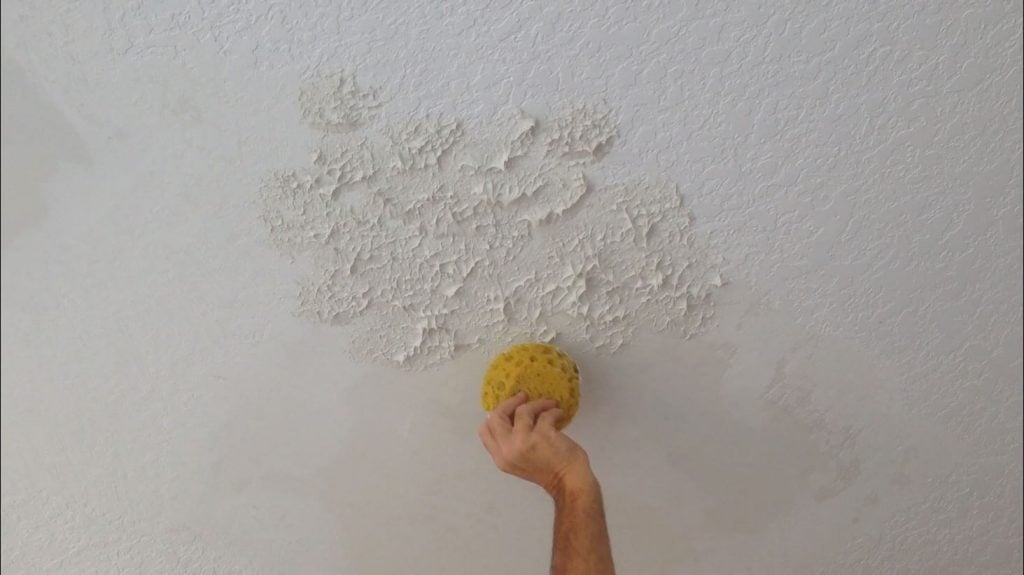
Knockdown texture has a very close resemblance to skip trowel texture not only in its appearance but also in the materials, tools, and technique of creating the texture. A trowel or wall knife and a hawk are the usual tools, but to apply the texture on large walls and ceiling, it is better to use a knockdown tool.
The difference is in the method of creating the texture that consists of layering the surface (ceiling or wall) with plaster and then creating peaks by dabbing the wet layer with a trowel, brush, Styrofoam or wet sponge that forms a pattern. In the next step, the applicator will use a knockdown tool or knife to knock down those peaks.
Spray Sand
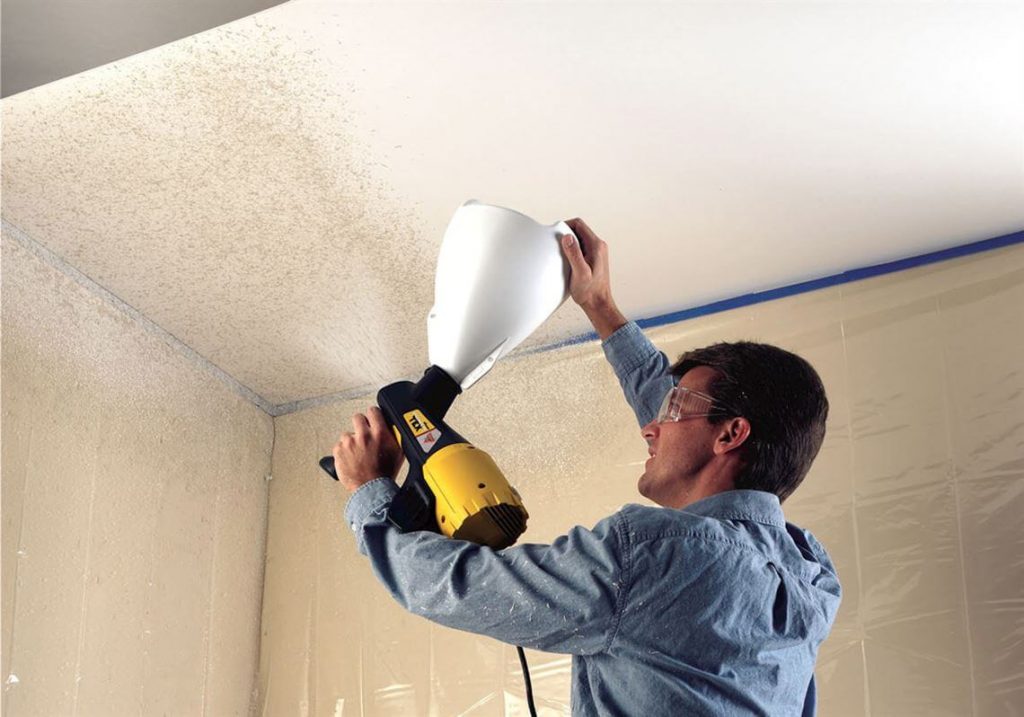
This is a less expensive method of finishing drywall by using a dry texture mud product properly mixed in a mixing machine. After ensuring that the mixture is consistent, spray it on the surface by using a spray gun and the ceiling would look as luxurious as any other high-end texture.
Lace

The Lace texture is different from other textures and special too because the color of the pattern and the base color of the surface are different. The process takes more time and is labor-intensive as well as costly, but the result is always very satisfying.
This two-step process begins by coloring the wall or ceiling surface first and then applying a pattern with a different color on it after the initial color dries up. The use of different colors is not compulsory, and you can use the same color for the base and pattern if you are confident that it will look good.
Swirl
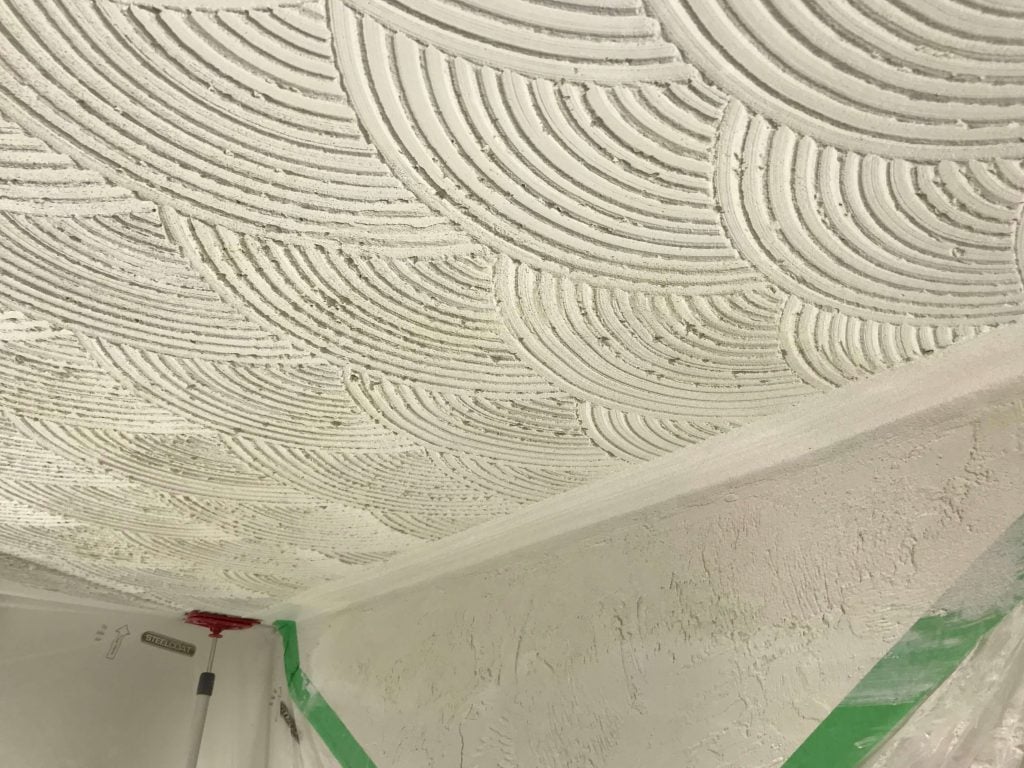
The pattern of Swirl texture is perhaps the most attractive among all other options that create a detailed pattern on the ceiling and looks outstanding. The circular patches of swirl impart fluidity to the pattern that looks excellent whether you choose rough or smooth pattern depending on your preference.
To create the rough look, you must rub the coating with a brush, and for the smooth look, you must use a sponge. To add variety to the pattern, you can choose between a full circle and semi-circular swirl. Perlite swirl and sand swirl are the most common types of swirl.
Orange Peel

The name of the texture accurately resembles its looks that appear just as if an orange peel stuck to the ceiling. The soft-looking texture with tiny bumps is the result of spraying drywall compound on the ceiling. It bears a close resemblance to a spattered look but much finer and provides many refined looks than knockdown that suits modern homes as well as business establishments. Despite having the roughness of the textured ceiling, it is cleaning is easy. Orange peel is your best bet to create the subtle, understated look. It is easy to create and affordable that makes the texture quite popular.
Popcorn Ceilings
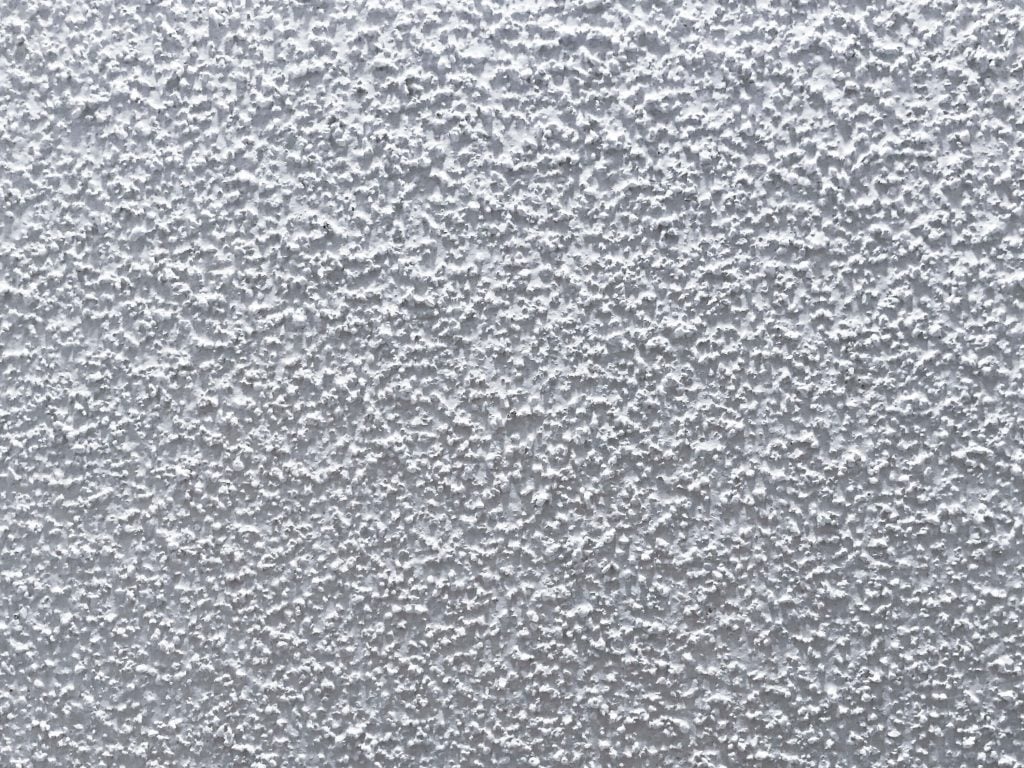
Popcorn ceilings were the ubiquitous choice for many decades, and home designers still have a liking for it. The textured finish replicates the rough, bumpy look of popcorn or cottage cheese and it is a quick way to have textured ceiling. However, the roughness of the surface poses cleaning problems, which is a reason for it’s falling out of favor. Textured ceilings will accumulate dust and become dirty and more so if the surface is quite rough as trying to clean it can not only be difficult but can also damage the surface by knocking off some of the texture.
Stipple Brush Ceiling
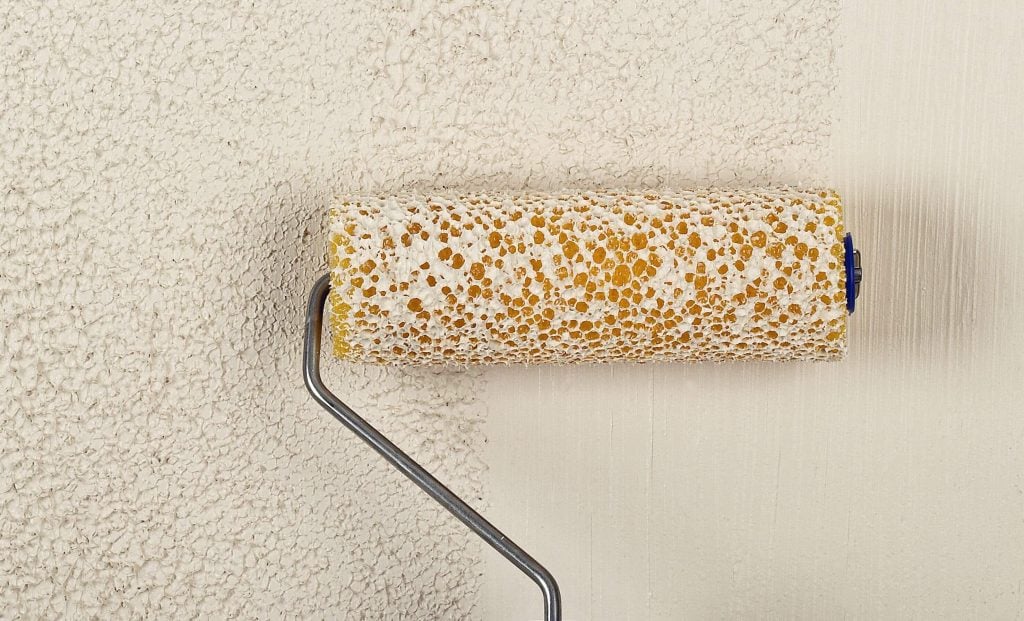
Only very skilled applicators can create the desired finish of the stipple brush ceiling by using a roller and slap brush. The texture that looks slightly rough is ideal for hiding imperfections of the ceiling surface as the texture grabs all attention. The drywall mixture used for this type of texture is quite thick, and unless the applicator has enough skills, it can turn out to be quite messy.
Textured ceilings add depth and dimension to the room and are an easy way for beautifying homes.
Read More:

